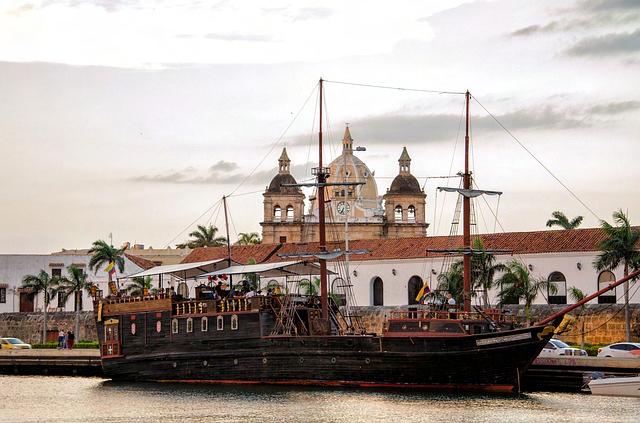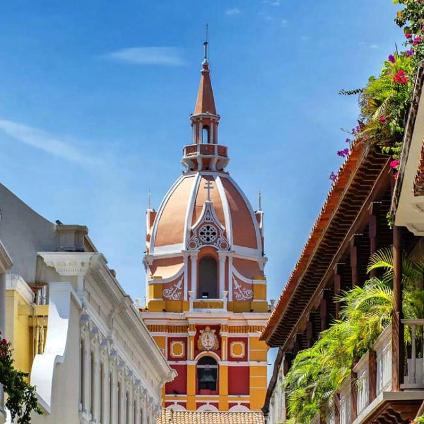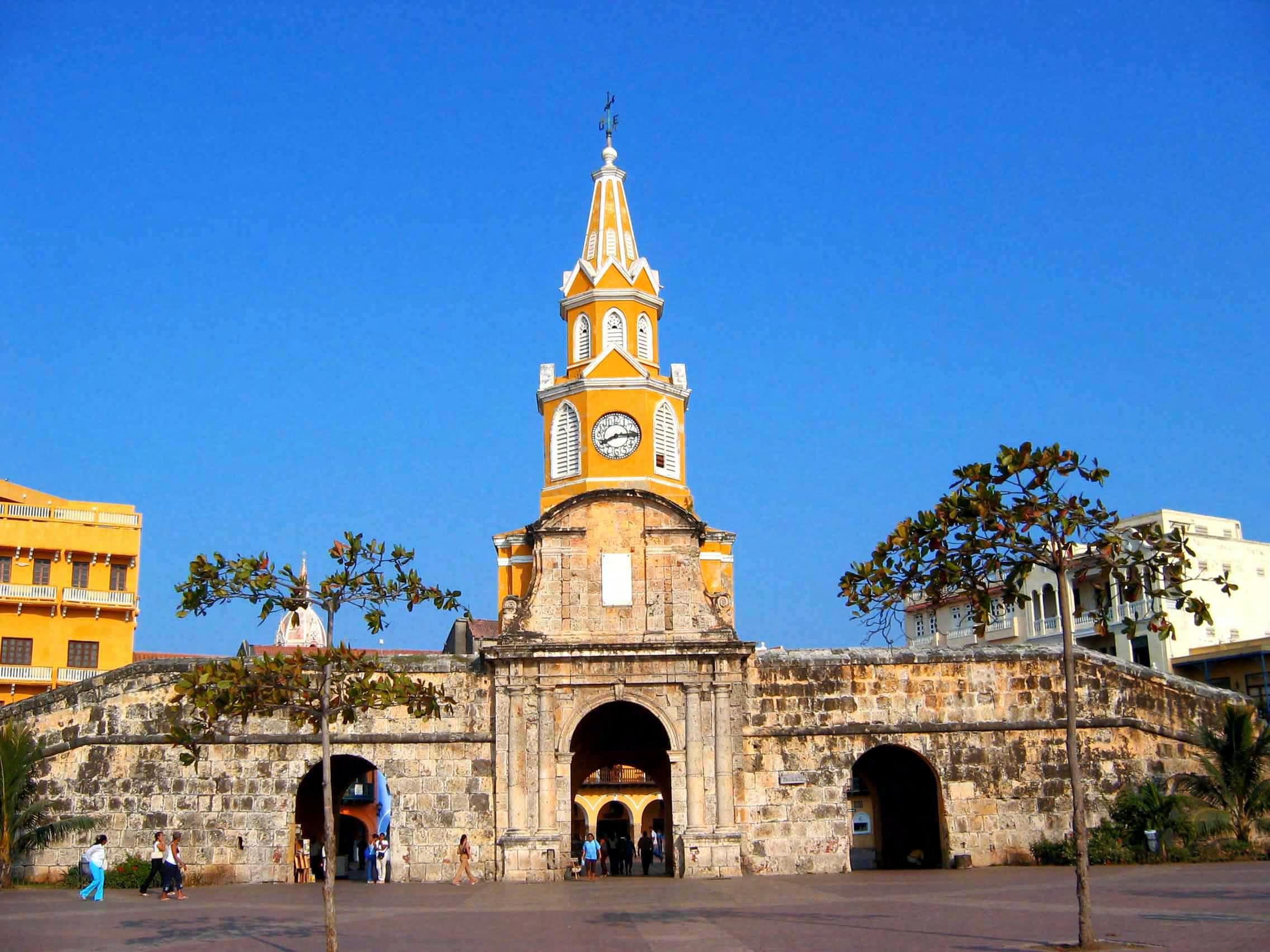
2 minute read
Col onial ism and sl avery in Cartagena by Oscar Mil ner Página
by Oscar Milner
Cartagena, or Cartagena de Indias as it was known during the Spanish colonial times, is a port on the North coast of Columbia, now very like other Latin American ports, apart from its rich history which sets it apart.It was the key port in the Spanish colonialist times, where it was used to link other ports to Spain, including Santa Marta, as well as a base for the exportation of slaves and goods such as silver from Peru. Even though evidence of human life dating back to around 4000 BC has been found in Cartagena, it is known to have been ?founded? in 1533, when Spain conquered it for the empire.Pedro de Heredia was the conquistador in charge, working for the Spanish royal family.After having landed the ship, Heredia and his men fought an all-day battle against the indigenous people, with victory enabling them to take over.This led to Heredia ruling Cartagena, named after Cartagena in Spain, where most of his 150 men came from, for 22 years.




Since the arrival of Heredia in 1533, slaves were common in Cartagena.The first ones were brought over by Heredia and forced to work with machetes to clear the bushes in the area to make construction of the port easier.They were known as ?macheteros?.Later on, in the 17th century, Cartagena became home to one of the world?s principle slave markets, with English, French, Portuguese and other Europeans sailing there with African slaves to trade.Shipping contracts were used to give rights to slave traders, so that they could sell slaves from particular regions in Africa, based of their casta de nación, and over time Cartagena grew in size and popularity for slave trading.An estimated 1.1 million slaves are thought to have passed through Cartagena, however the real number is likely to be far greater than that since many ships would be carrying four or five times the number of slaves than they declared to the custom authorities. The casta de nación system was used to classify slaves based off their origins, and to this day there are various Afro-Columbian surnames which reflect this, such as Cetré, which was used for slaves from Liberia, and Ibo, used for slaves from Nigeria.On top of this, the most demanded slaves would be considered as a pieza de india, typically those who were 5?7?? or taller, 18 or older and free of illness.Those who were not considered a full pieza could be clumped together with other similar slaves to form one, so three short teenagers could be put together and considered a pieza as a whole. Despite having never had a black mayor, Cartagena to this day is still made up of Afro-Columbian people, which various stark reminders of the inequality and suffering around the town.




